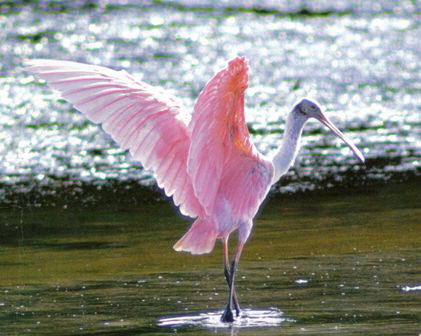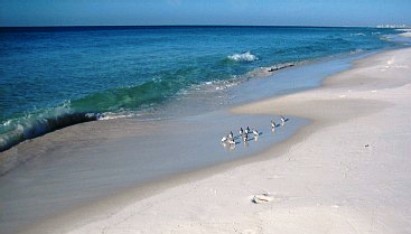Everyone living in
Florida should already know what a true blessing it is to live in such a beautiful state that abounds in nature. T
he
word Florida comes from the Spanish Pascua Florida,
meaning “feast of flowers” and it lives up to its name. Florida
has some of the most beautiful and diverse plants in the country.
Florida's plant life includes approximately 450
species of native trees and shrubs. From fall through spring Florida not only enjoys its best weather, this
period also furnishes the year’s prime birding and wildlife viewing
opportunities.
As other states are trapped in November snowstorms, we are enjoying warm temperatures across the state.The climate has always been one of Florida's most important natural resources,
which is reflected in its official nickname, the "Sunshine State."
Florida is famous for it's generally warm climate. The climate of
Florida is partially controlled by the fact that because it is a narrow
peninsula, no part of the state is
very far from the ocean. North of Lake Okeechobee, you will find a humid subtropical climate, while south of the lake
it is a
tropical climate. The seasons in Florida are determined more by
precipitation than by temperature, with the hot, wet springs and summers
making up the wet season, and mild to cool, and the relatively dry
winters and autumns, making the dry season.

People aren't the only snowbirds that come to Florida in the winter. Over 175
bird species are known to
breed in Florida and almost three hundred birds migrate here in the fall
spring or winter months.Florida bird habitats
range from isolated islands of the Dry Tortugas to remote interior
swamplands and our increasingly numerous suburban backyards. All of Florida's native birds are protected under the
Federal Migratory Bird Treaty
Act and are also protected under state law, and may not be trapped
or killed without federal permit.
Endangered and threatened species are additionally protected.



Comments
Post a Comment